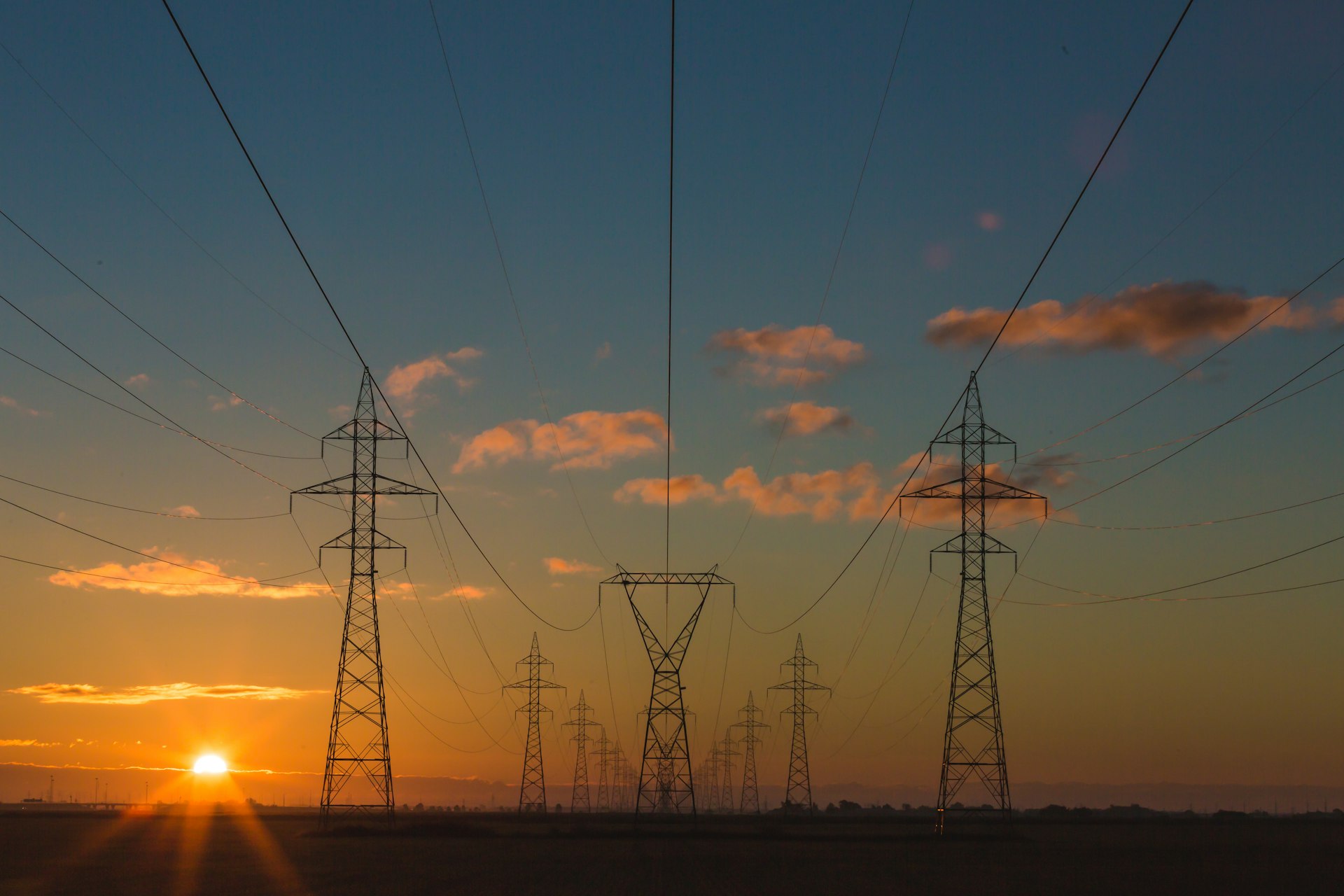
Working Through Rolling Blackouts Without Missing Deadlines
Load shedding in Cape Town taught me more about resilience than any corporate training. When the grid cuts out every few hours, you either adapt or you miss deadlines. I now travel with a power strategy that lets me survive 4–6 hour blackouts and still ship code, take calls, and keep clients informed.

Understand the Schedule
- Check local outage planner (South Africa’s EskomSePush, Pakistan’s Roshan). Export to Google Calendar so my day shows red blocks labeled “Grid Down.”
- Ask coworking spaces for their generator schedule—many run backup power but only during business hours.
- Survey neighbors in building WhatsApp groups to confirm real-world timing.
Power Hardware Arsenal
| Gear | Purpose | Runtime | | --- | --- | --- | | EcoFlow River 2 Max (512 Wh) | Primary AC + USB power | Laptop (60W) ≈ 6.5h | | Anker 737 Power Bank (140W PD) | Laptop top-ups | Framework 13" ≈ 1.2 full charges | | Zendure SuperBase 1000M (rental) | For long outages | Router + monitor ≈ 10h | | Goal Zero Light-a-Life lantern | Lighting when grid off | 5h per lantern |
All chargers and power stations live on a single surge-protected strip with inline watt meter so I know consumption.
Network Redundancy
- Primary: Fiber router on UPS (APC Back-UPS 650VA). Supplies 4 hours of Wi-Fi.
- Backup 1: GL.iNet Slate AX with eSIM (Airalo 20 GB). Auto-fails over using load balancing.
- Backup 2: Starlink Roam (when region allows). Runs off EcoFlow via DC adapter.
I test failover weekly by pulling the main router plug and timing the switchover (<10 seconds). I log results in Notion.
Scheduling Work Around Outages
- Deep work sessions scheduled in “grid up” windows. If power is reliable 06:00–10:00, that’s when I tackle builds, video rendering.
- Meetings moved to generator-backed locations (coffee shops with backup power). I confirm beforehand via Google Maps reviews and direct WhatsApp.
- Uploads queued to run overnight when load shedding minimal. I use
rsync --partial --appendso transfers resume after interruptions.
Communication Plan
- Set Slack status: “Load shedding window 14:00–16:00 SAST; replies might lag.”
- Prewrite email template for clients explaining the grid situation with reassurance that deliverables won’t slip.
- Use Signal broadcast to alert team 15 minutes before planned power cut: “Going offline due to Stage 4 load shedding. Next update at 16:15 SAST.”
Workspace Prep
- Cable discipline: Color-coded Velcro ties for quick unplugging when generator kicks in (no spaghetti under desk).
- Ventilation: Battery-powered fans keep workspace bearable when AC shuts off.
- Noise: Generator neighbors get loud. Bose QC45 + Krisp noise cancellation for calls.
Battery Management Tricks
- Never drain EcoFlow below 30%—batteries last longer with partial cycles.
- Use
powertopon Linux to reduce laptop draw (tune auto). On macOS,sudo pmset -b displaysleep 5 disksleep 10 powernap 0for blackout mode. - Charge all gear during peak grid uptime. If the schedule says Stage 6, I set alarms at 02:00 to plug everything in when power returns.
When Blackouts Exceed Plans
Emergency coworking migration: I maintain a list of generator-backed coworking spaces, their day pass prices, and travel time. Example entry from Lagos:
| Space | Generator | Day Pass | Distance | | --- | --- | --- | --- | | Venia Business Hub | 24/7 | ₦5,000 | 12 min Bolt | | Seedspace | 18h/day | ₦7,500 | 18 min Uber |
If an outage extends beyond my battery reserves, I grab the pre-packed “mobility bag” (laptop, power bank, router) and relocate.
Hotel stays: During extended load shedding I book hotels with onsite generators (filter on booking platforms). I confirm they power AC outlets in rooms, not just lobby lighting.
Monitoring Consumption
- Use Shelly Plug S smart plugs to monitor watts drawn by key devices. Alerts me if a charger fails or a device draws too much.
- Daily log in Notion: hours of outage, battery usage, any issues. Helps optimize gear and justifies extra hardware purchases.
Post-Outage Reset
- Inspect UPS for overload warnings; let it recharge fully.
- Sync git repos and notes to ensure no edits lost during offline period.
- Update team: “Back on mains power. Deliverable still on track.”
- Review schedule for next day’s outage windows and adjust tasks accordingly.
TL;DR
[ ] Map local load-shedding schedule to your calendar
[ ] Build layered power stack (UPS + power station + PD battery)
[ ] Keep redundant connectivity (fiber + LTE + satellite when possible)
[ ] Communicate outage windows proactively to stakeholders
[ ] Log power usage/offline time to improve the plan
Rolling blackouts are miserable only if you pretend they won’t happen. Build your power kit, rehearse the switchovers, and let clients know you’ve engineered resilience into your workflow. That way when the lights flicker, your work keeps glowing.